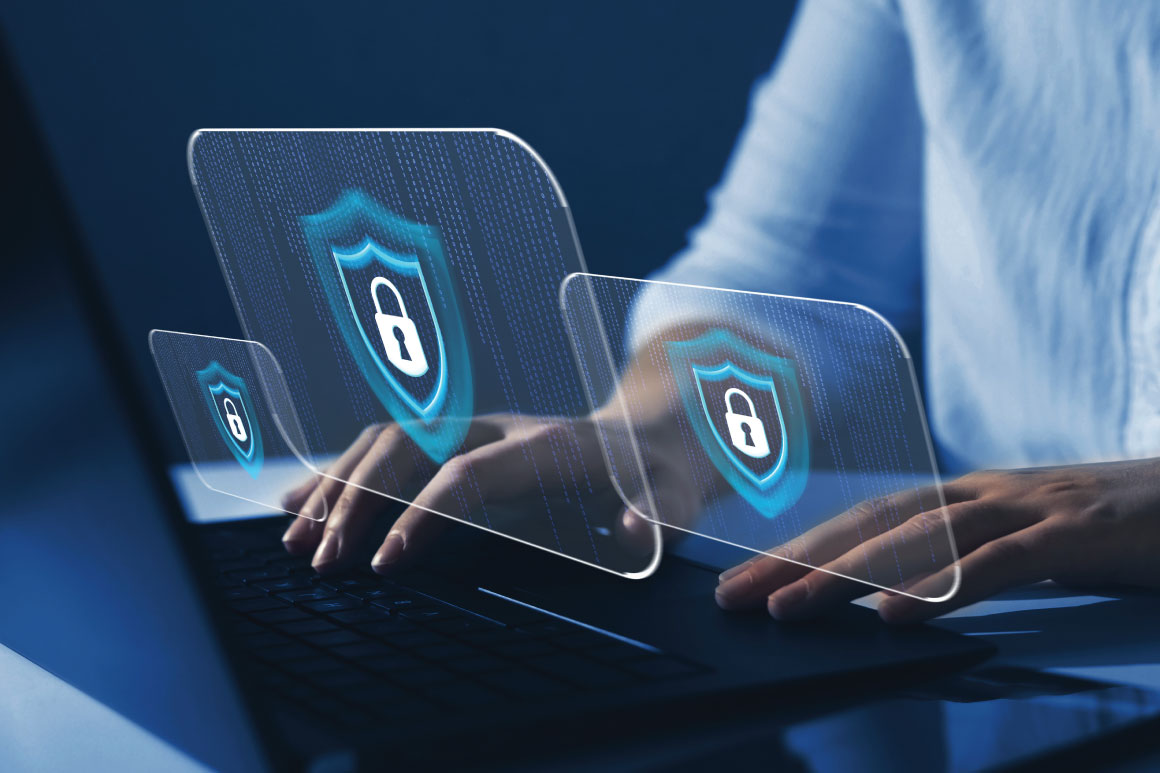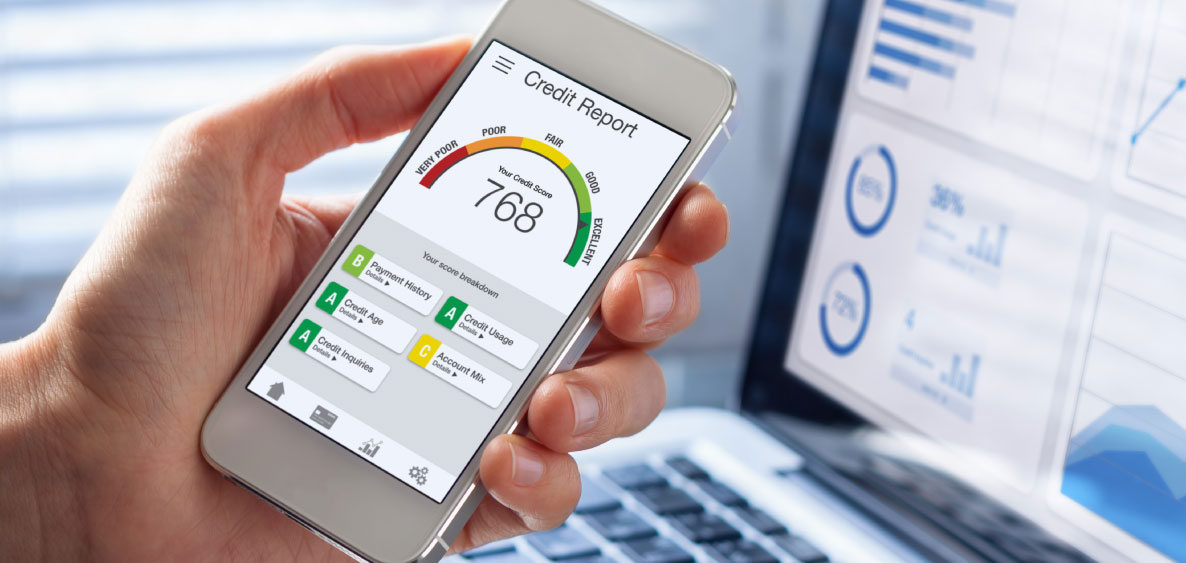
Financial well-being January 22, 2024 By
Identity theft. We hear about it all the time on the news. It seems like every day criminals are figuring out new ways to steal our sensitive information and use it to steal our identity. Sometimes the news makes the situation seem hopeless.
But there is something we can do about identity theft. While nothing can guarantee total protection, there are things you can do to help keep yourself from falling victim to this increasingly sophisticated crime. Here are three simple steps you can take to add a layer of protection for you and your family.
1. Strengthen Your Passwords. One of the simplest yet most effective ways to protect yourself from identity theft is by fortifying your passwords. Weak and easily guessable passwords are akin to leaving the front door of your digital life wide open for cybercriminals. When creating passwords, aim for complexity and uniqueness. Avoid using easily guessable information such as birthdays, names, or common words. Instead, opt for a combination of uppercase and lowercase letters, numbers, and special characters like #*&$%.
Consider using passphrases, which are longer and more secure than traditional passwords. A passphrase is essentially a sequence of random words or a sentence that is easy for you to remember but difficult for others to guess. Regularly update your passwords and avoid using the same password across multiple accounts.
2. Monitor Your Credit Reports & Bank Statements. Vigilance is key to detecting and stopping identity theft. Regularly monitor your financial statements, including bank and credit card statements, for any suspicious or unauthorized transactions. Many financial institutions offer real-time alerts for unusual activity, providing an additional layer of protection.
Your First United Personal Banker can help you obtain and review your credit reports from the major credit bureaus. This is something you should do at least once per year. Federal law mandates that you are entitled to one free credit report from each bureau annually. Scrutinize these reports for any discrepancies, unauthorized accounts, or inquiries that you don't recognize. Early detection of irregularities allows you to take prompt action, potentially preventing further damage to your credit history.
3. Be Watchful for Phishing Attempts. Phishing remains a prevalent method used by identity thieves to trick individuals into divulging sensitive information. Phishing attempts often involve deceptive emails, text messages, or websites designed to mimic legitimate sources. Exercise caution when clicking on links or providing personal information. Avoid clicking on links or downloading attachments from unknown or suspicious sources. Legitimate organizations will not ask for sensitive information via email.
When in doubt, call. Contact the organization directly using trusted contact information to confirm the legitimacy of the email, website or text message.
Protecting yourself from identity theft requires a combination of proactive measures and ongoing vigilance. While nobody can guarantee total protection, strengthening your passwords, monitoring financial statements and credit reports, and being cautious of phishing attempts are fundamental steps in safeguarding your identity. By incorporating these tips into your digital lifestyle, you can significantly reduce the risk of falling victim and get one step closer to Spending Life Wisely.




